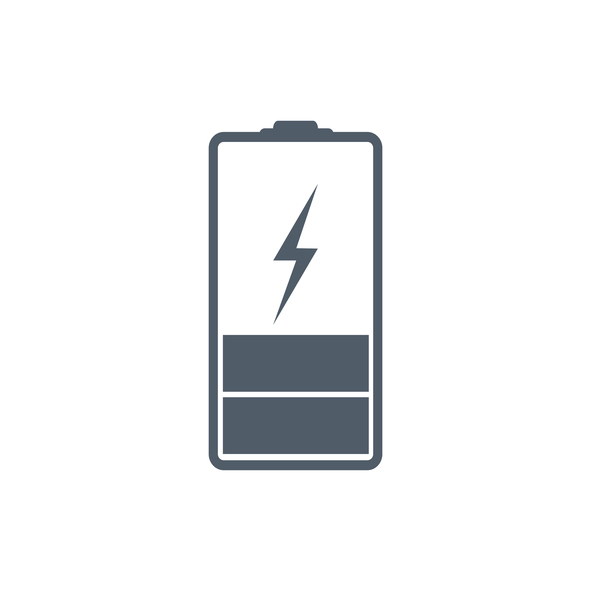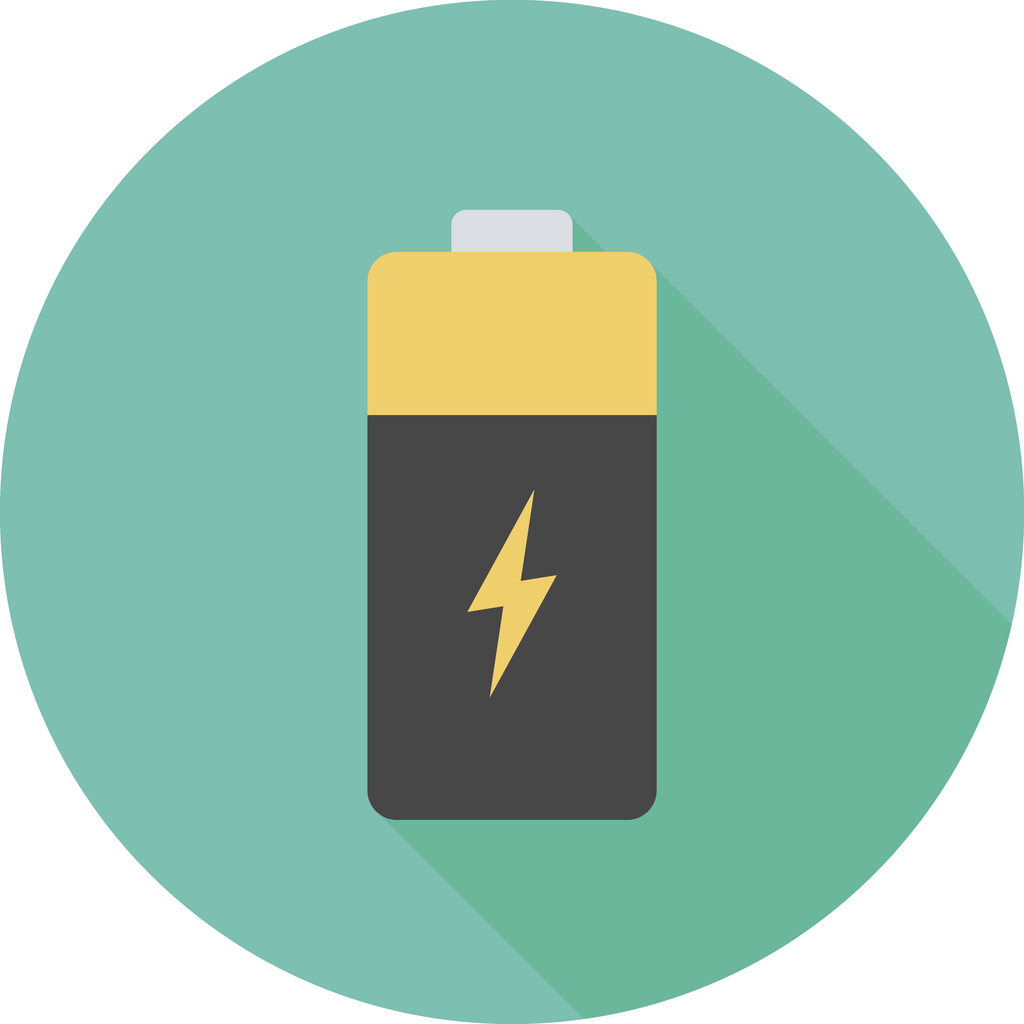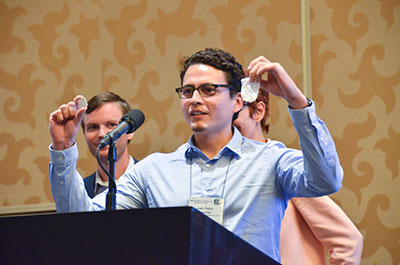 Water-based rechargeable batteries could be one step closer to commercial viability, thanks to research from Empa. According to a new report, a team of researchers has successfully doubled the electrochemical stability of water with a special saline solution.
Water-based rechargeable batteries could be one step closer to commercial viability, thanks to research from Empa. According to a new report, a team of researchers has successfully doubled the electrochemical stability of water with a special saline solution.
Energy storage is the backbone of many technological innovations. As researchers explore new ways to develop low-cost, safe batteries, the research team from Empa is looking to water to function as a battery electrolyte.
While a water-electrolyte offers many potential benefits such as low cost and high availability, it does have at least one major drawback: low chemical stability. At a voltage of 1.23 volts, a water cell supplies three times less voltage than a typical lithium-ion cell. While water-based batteries may not see an application in such technologies as electric vehicles, the team of researchers at Empa believe they could be utilized for stationary electricity storage applications.


 New research from Sandia National Laboratory is moving toward advancing solid state lithium-ion battery performance in small electronics by identifying major obstacles in how lithium ions flow across battery interfaces.
New research from Sandia National Laboratory is moving toward advancing solid state lithium-ion battery performance in small electronics by identifying major obstacles in how lithium ions flow across battery interfaces. Just a few months ago, business magnate Elon Musk announced that he would spearhead an effort to build the
Just a few months ago, business magnate Elon Musk announced that he would spearhead an effort to build the 
 While pursing work on the highly desirable but technically challenging lithium-air battery, researchers unexpectedly discovered a new way to capture and store carbon dioxide. Upon creating a design for a lithium-CO2 battery, the research team found a way to isolate solid carbon dust from gaseous carbon dioxide, all while being able to separate oxygen.
While pursing work on the highly desirable but technically challenging lithium-air battery, researchers unexpectedly discovered a new way to capture and store carbon dioxide. Upon creating a design for a lithium-CO2 battery, the research team found a way to isolate solid carbon dust from gaseous carbon dioxide, all while being able to separate oxygen.